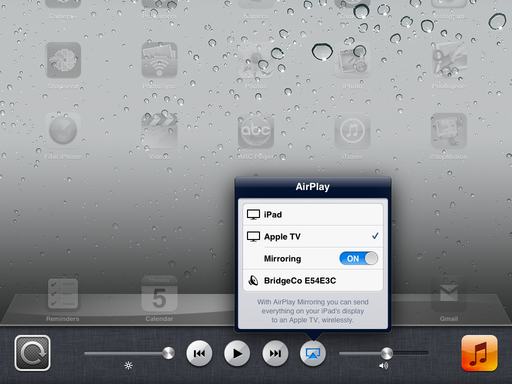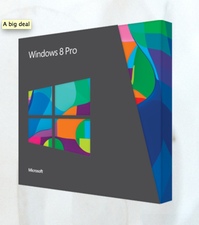For the Sept. 2012 Photo Assignment, TDS shooters worked their backgrounds as much as their subjects. See for yourself in our gallery, Bokeh. And which one will be the SizzlPix Photo Assignment Pick of the Month?

"I took this photo to use as an award for excellence in teaching at the university where I work," wrote Deborah Eves. "I wanted the golden apple to shine in the foreground, standing out from the rest. The rest, though not as clearly standing out, shine in their own small way.
I hadn't planned to shoot this photo when I did, but was just playing around with the placement of the objects, all of which were found in the cubicles of my office mates. I used a desk lamp for overhead lighting. When I decided to shoot the 'official' version of the award, using an LED light and planning everything much more carefully, I was disappointed with the results. I ended up using my original shot." See all of the great images from this month's assignment by visiting the Bokeh gallery page.
Participate in This Month's Assignment
The November 2012 assignment is "Flash." Details can be found on the Member Participation page. Deadline is Nov. 30, 2012.
Please follow the instructions carefully for labeling the subject line of the email for your submission. It's easy to lose these in the pile of mail if not labeled correctly. For example, the subject line for this month's assignment should be: "Photo Assignment: Nov 2012." Also, if you can, please don't strip out the metadata. And feel free to add any IPTC data you wish (These fields in particular: Caption, Credit, Copyright, Byline), I use that for the caption info.
Gallery posting is one month behind the deadline. So I'm posting Sept. 2012 at the end of Oct., the Oct. gallery will be posted at the end of Nov., and on and on.
Good luck with your Nov. assignment, and congratulations to all of the fine contributors for Sept.
 Follow me on Twitter
Follow me on Twitter
-
 Now Available! The Digital Photography Companion. The official guide for The Digital Story Virtual Camera Club.
Now Available! The Digital Photography Companion. The official guide for The Digital Story Virtual Camera Club.
- 25 handy and informative tables for quick reference.
- Metadata listings for every photo in the book
- Dedicated chapter on making printing easy.
- Photo management software guide.
- Many, many inside tips gleaned from years of experience.
- Comprehensive (214 pages), yet fits easily in camera bag.
Technorati Tags:
digital photography, The Digital Story, Photo Assignment
 Enable AirPlay by pressing the Home button twice and sliding the Dock to the right.
Enable AirPlay by pressing the Home button twice and sliding the Dock to the right.




















